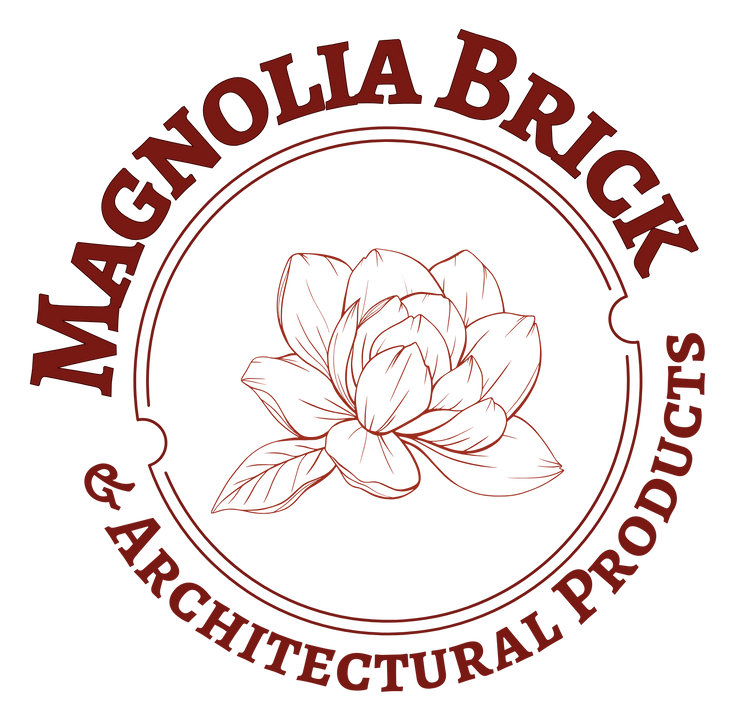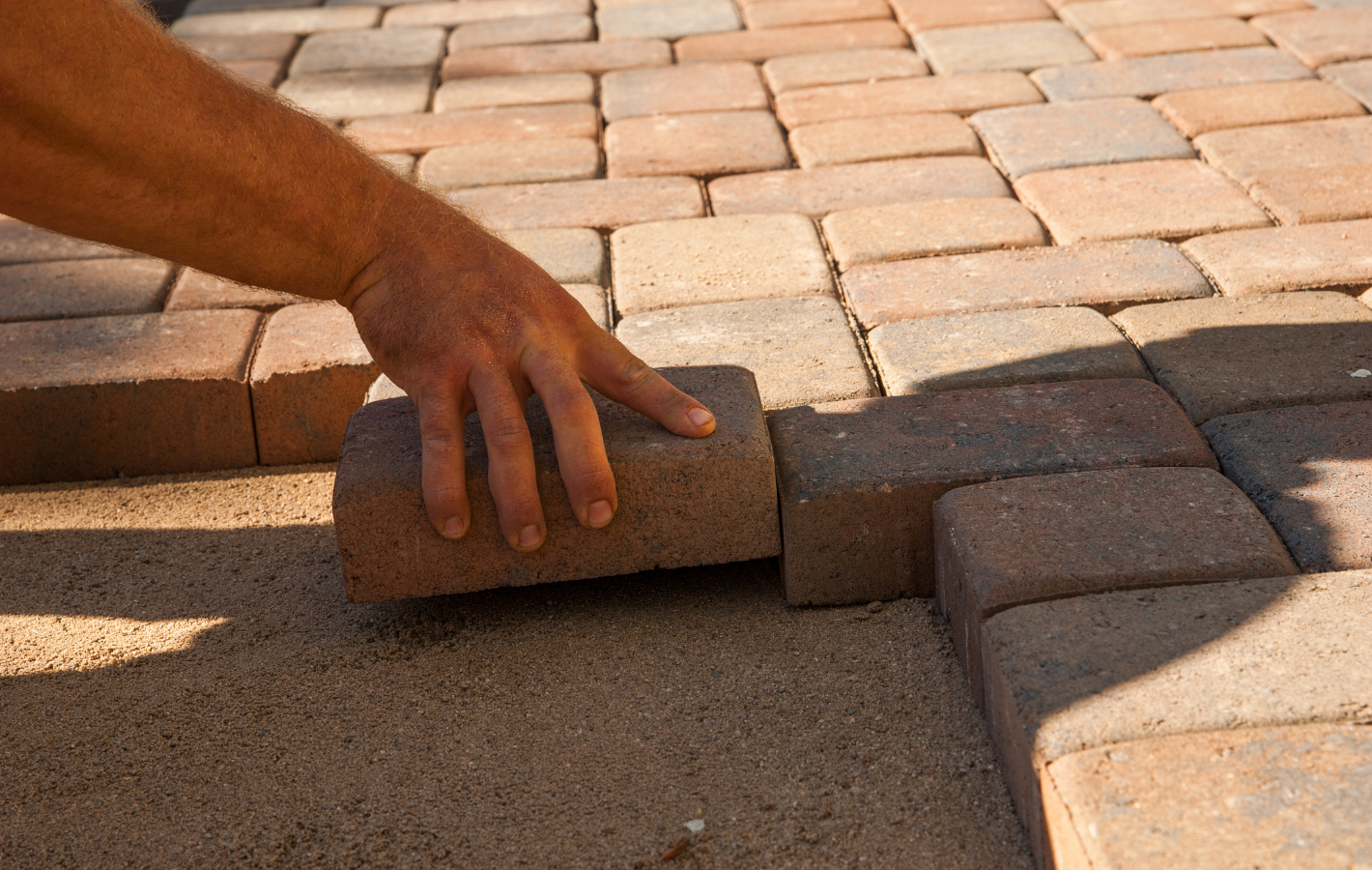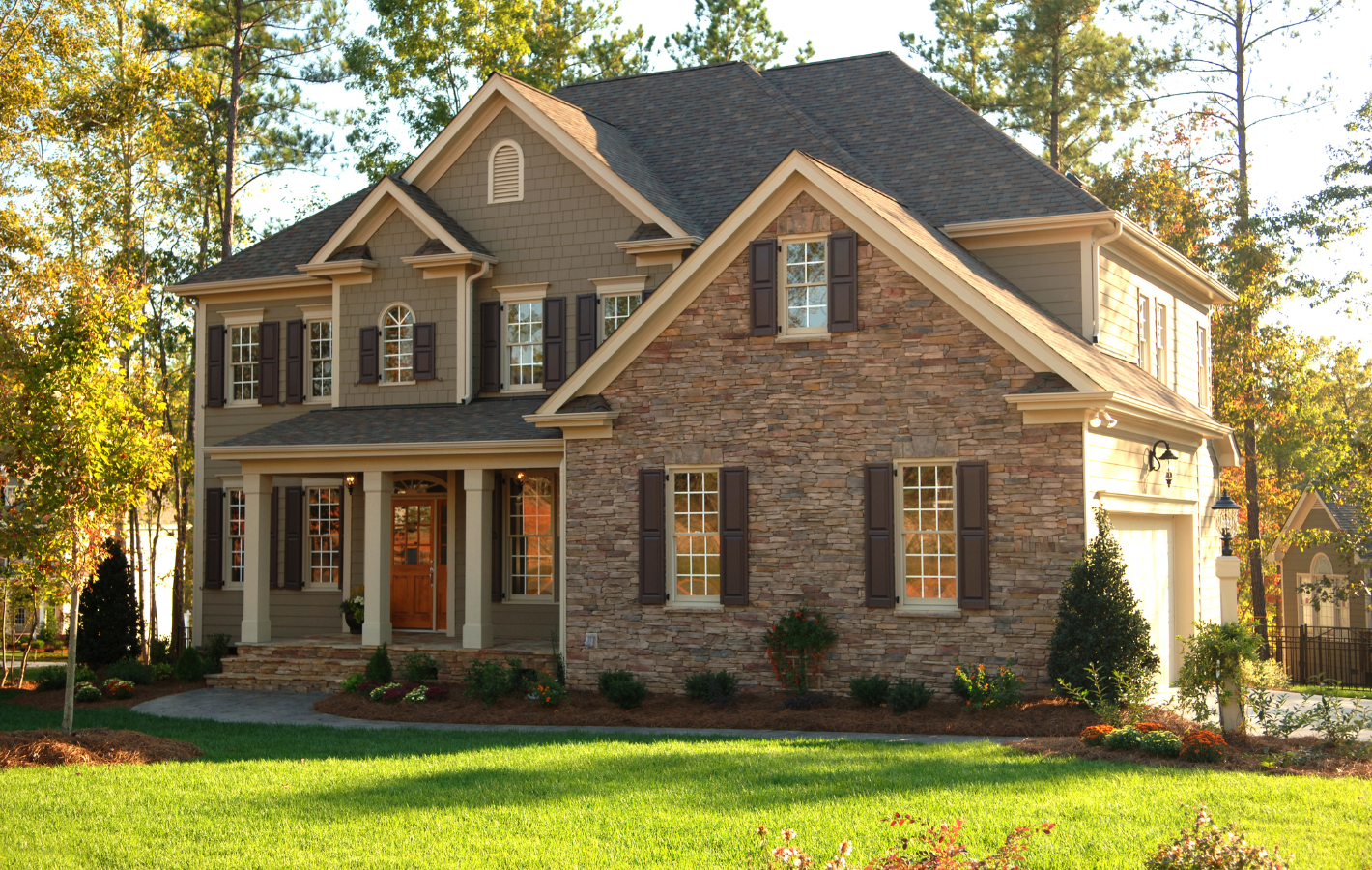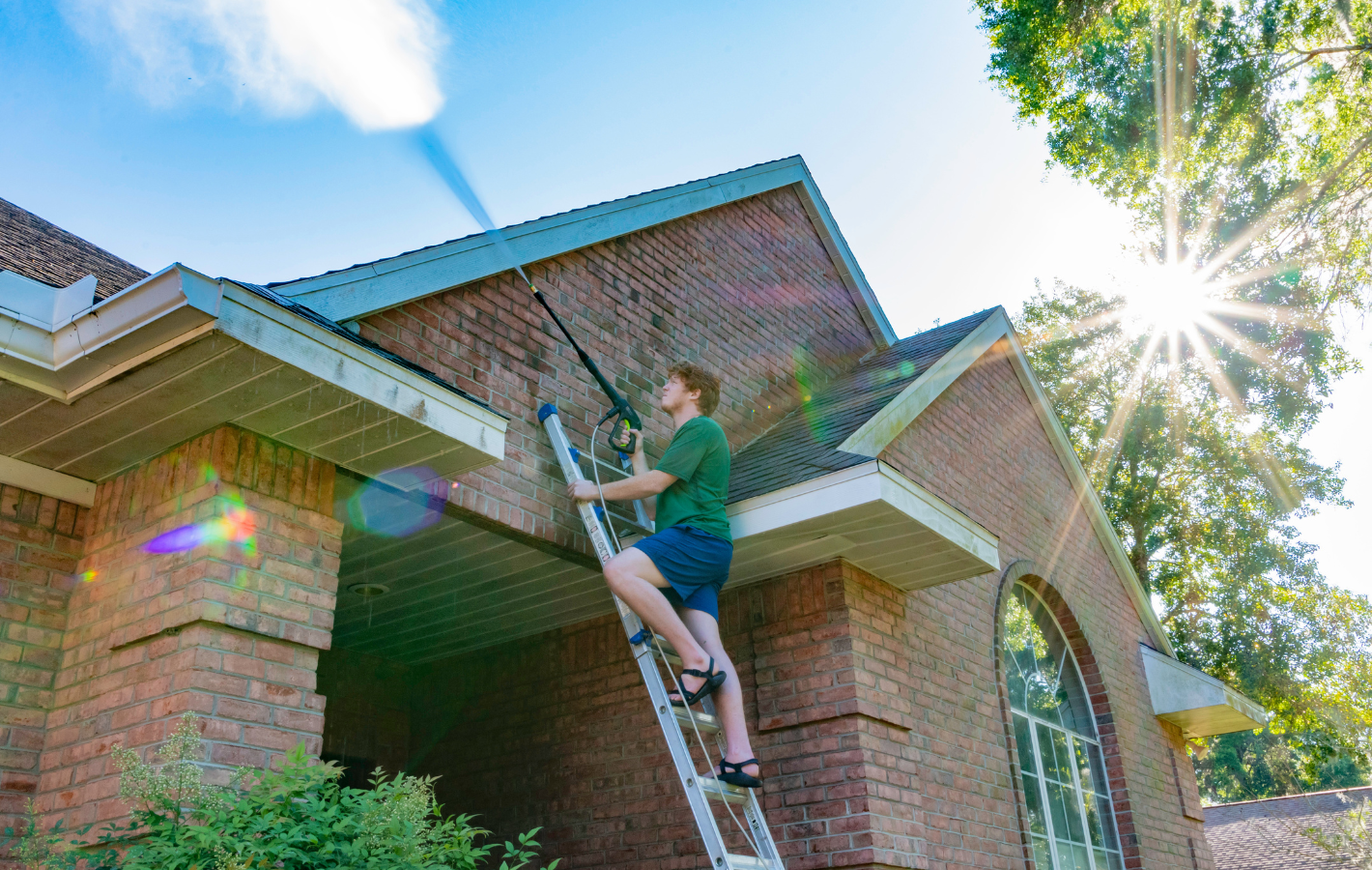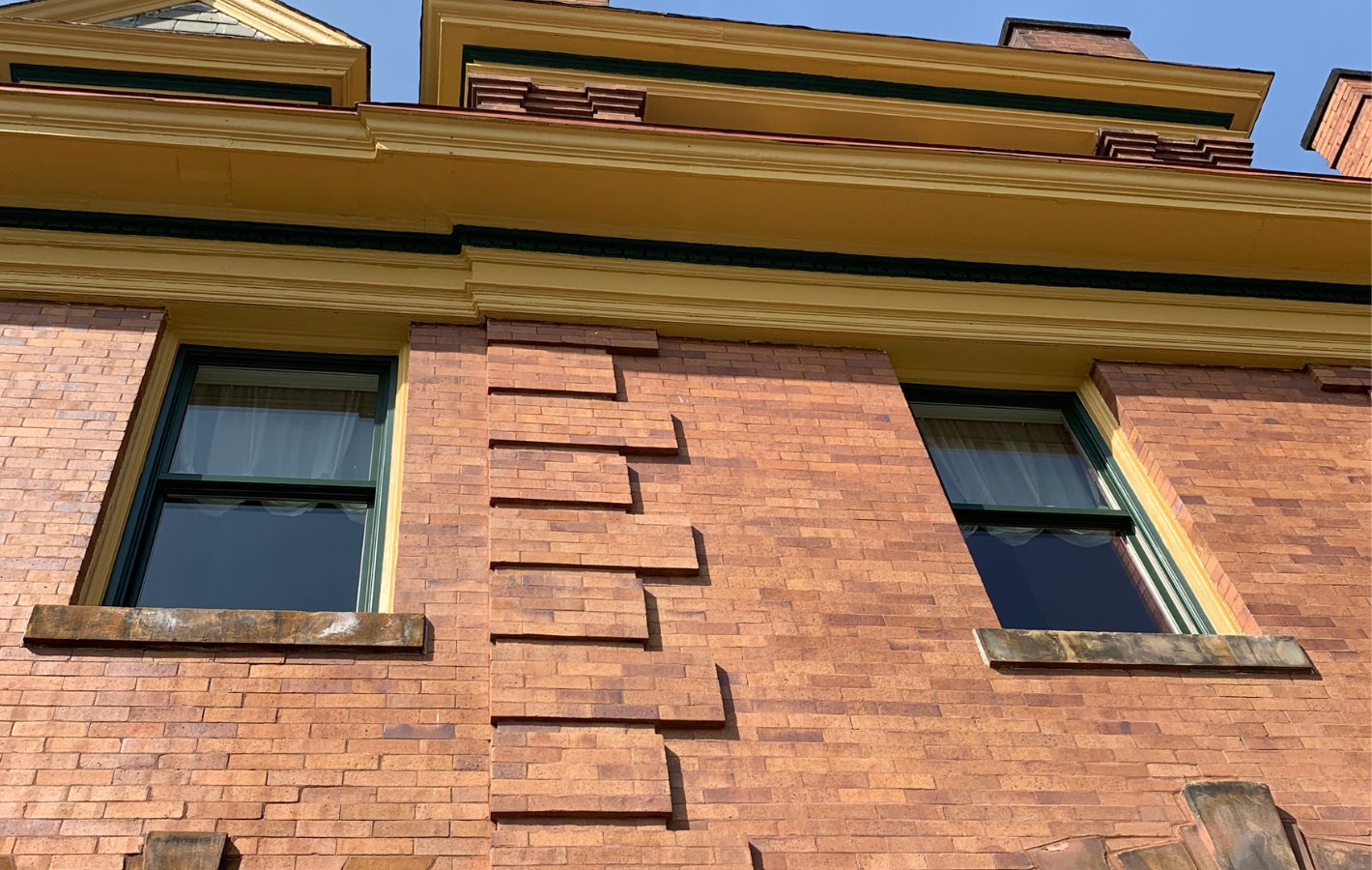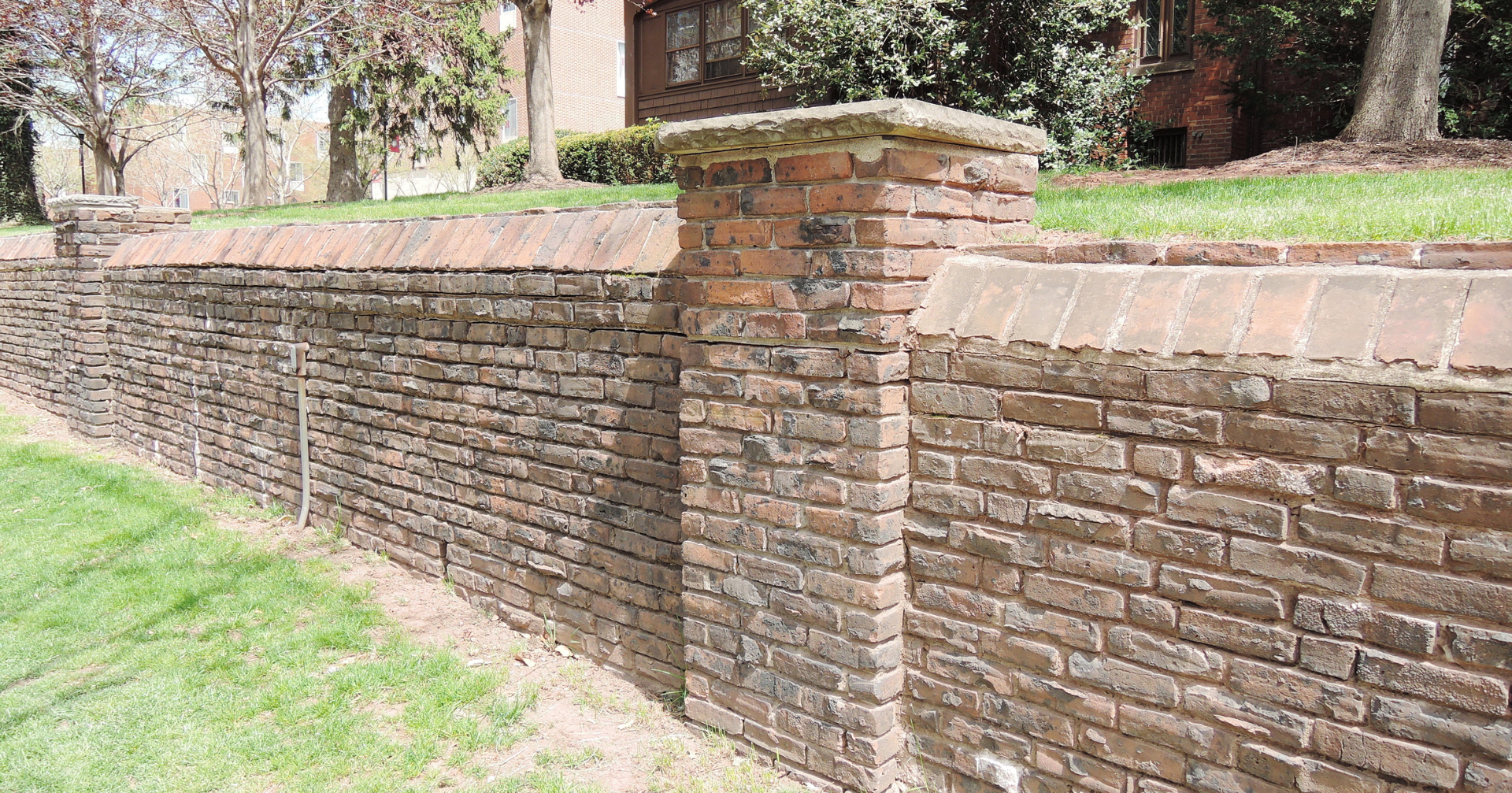
DIY Bricklaying: Pitfalls and How to Avoid Them
Jan 25, 2024
DIY Bricklaying: Pitfalls and How to Avoid Them
Bricklaying is an age-old craft that has shaped the architectural landscape for centuries. The timeless beauty and durability of brick structures make them a popular choice for various construction projects. While hiring a professional bricklayer is often the best way to ensure a successful outcome, some adventurous DIY enthusiasts take on bricklaying themselves. However, DIY bricklaying comes with its share of challenges and pitfalls that can lead to subpar results or costly mistakes. In this blog, we'll explore the world of DIY bricklaying, discuss common pitfalls, and provide guidance on how to avoid them. At Magnolia Brick, with locations in Tupelo, MS, and Oxford, MS, we're committed to sharing our expertise to help you achieve your bricklaying goals.
The Appeal of DIY Bricklaying
The allure of DIY bricklaying is understandable. It allows homeowners to take control of their construction projects, save money on labor costs, and experience the satisfaction of building with their own hands. Whether you're planning a small garden wall, a patio, or even a simple brick mailbox, taking on a bricklaying project can be a fulfilling endeavor.
Common Pitfalls in DIY Bricklaying
While DIY bricklaying can be rewarding, it's essential to be aware of the potential pitfalls that can arise during the process. Here are some common challenges DIY bricklayers may encounter:
1. Lack of Experience
One of the most significant challenges in DIY bricklaying is the lack of experience. Bricklaying is a skilled trade that requires precision, knowledge of techniques, and an understanding of materials.
Avoidance Tip: Invest time in learning the fundamentals of bricklaying. Study bricklaying books, watch instructional videos, and consider taking a bricklaying class or seeking advice from experienced bricklayers. Start with smaller projects to gain confidence and experience before tackling larger ones.
2. Poor Planning
Inadequate planning can lead to mistakes and a less-than-optimal end result. This includes insufficiently estimating materials, not considering the layout, or failing to account for site conditions.
Avoidance Tip: Begin your project with a well-thought-out plan. Calculate the amount of bricks, mortar, and other materials needed. Create a layout and consider factors like corners, openings, and structural integrity. Survey the site and address any grading or drainage issues beforehand.
3. Incorrect Mortar Mix
Achieving the right mortar mix is crucial for strong and stable brickwork. Using the wrong mortar or mixing it incorrectly can result in weak bonds and unstable structures.
Avoidance Tip: Consult bricklaying references or professionals to determine the appropriate mortar mix for your project. Follow manufacturer guidelines and ensure that your mortar mix has the correct consistency and ratios of sand, cement, and water.
4. Uneven Courses and Joints
Maintaining consistent courses (rows of bricks) and properly sized joints (the gaps between bricks) is essential for a well-executed bricklaying project. Inconsistent courses and joints can result in crooked walls and poor aesthetics.
Avoidance Tip: Use a level and string lines to ensure that each course is level and aligned. Pay attention to the thickness of the mortar joints and use spacers or guides to maintain uniformity.
5. Inadequate Bonding
Proper brick bonding, also known as the pattern in which bricks are laid, is vital for the structural integrity of your project. Poor bonding can weaken the structure and lead to instability.
Avoidance Tip: Research different brick bonding patterns, such as running bond, Flemish bond, or herringbone, and choose the one that suits your project's requirements. Follow the pattern consistently throughout your project.
6. Rushing the Work
Impatience can lead to errors in bricklaying. Rushing the process may result in misaligned bricks, uneven mortar joints, and overall poor workmanship.
Avoidance Tip: Take your time with each step of the project. Bricklaying requires precision and attention to detail. Ensure that each brick is properly positioned, and the mortar is evenly spread.
7. Weather and Timing
Bricklaying is sensitive to weather conditions, particularly temperature and humidity. Working in extreme heat or cold, or during rainy or windy conditions, can affect the quality of the work.
Avoidance Tip: Choose suitable weather conditions for your bricklaying project. Avoid working in extreme temperatures, and consider factors like mortar curing times. Be prepared to cover your work if rain is expected.
8. Neglecting Safety
Bricklaying can be physically demanding and involve heavy materials. Neglecting safety precautions can lead to injuries.
Avoidance Tip: Always wear appropriate safety gear, including gloves, safety glasses, and a dust mask. Use proper lifting techniques and take breaks to prevent strain or fatigue.
How to Succeed in DIY Bricklaying
While DIY bricklaying presents challenges, it can be a rewarding experience when approached with the right mindset and preparation. Here are some tips to help you succeed:
Education: Invest time in learning about bricklaying techniques, tools, and materials. Consider seeking guidance from experienced bricklayers.
Planning: Create a detailed plan for your project, including materials, layout, and site preparation.
Practice: Start with smaller projects to gain experience and build confidence before tackling more significant endeavors.
Materials: Select high-quality bricks and mortar that are appropriate for your project.
Tools: Invest in quality bricklaying tools, including trowels, levels, line blocks, and a masonry saw.
Safety: Prioritize safety at all times by using the right safety gear and taking precautions to prevent accidents.
Patience: Be patient and take your time with each step of the project. Rushing can lead
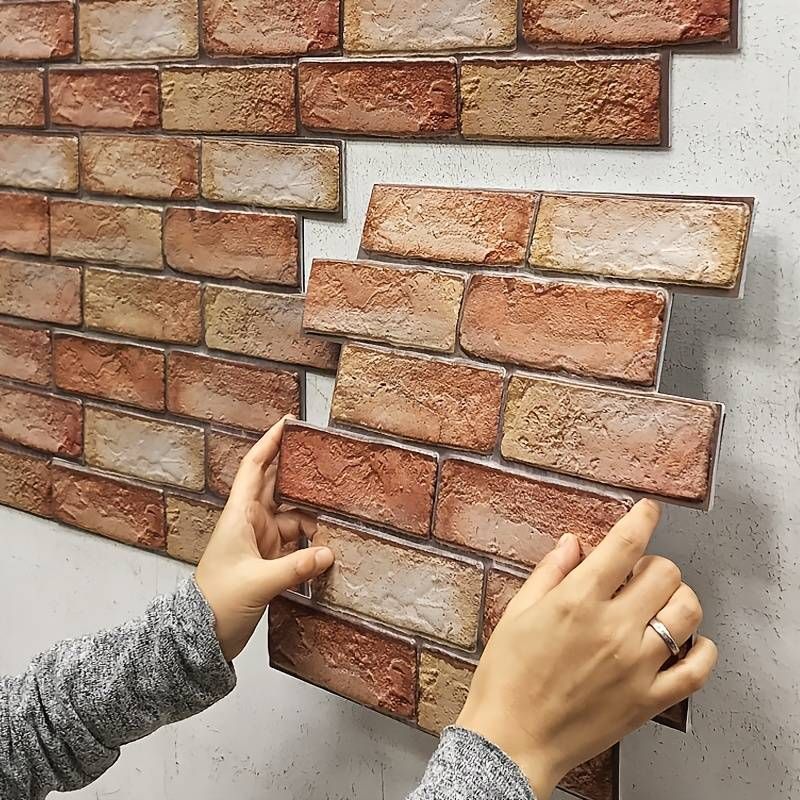
02 May, 2024
Introduction: Selecting the right mason is crucial for the success of any bricklaying project. Whether you're building a new structure or restoring an existing one, partnering with a skilled and experienced mason can make all the difference in achieving superior craftsmanship and peace of mind. In this guide, we'll explore the keys to finding, vetting, and partnering with the perfect bricklaying professional, ensuring your project is in capable hands from start to finish. Step 1: Define Your Project Needs: Before beginning your search for a mason, take the time to define your project needs and goals. Consider the scope of work, timeline, and budget for your project, as well as any specific requirements or preferences you may have. This will help you narrow down your search and find a mason who is the right fit for your project. Step 2: Conduct Research: Start your search for a mason by conducting research online and asking for recommendations from friends, family, and colleagues. Look for masons who specialize in the type of work you need, whether it's new construction, restoration, or repair. Take the time to read reviews and testimonials from past clients, and ask for references to verify the quality of their work. Step 3: Vet Potential Candidates: Once you've compiled a list of potential masons, it's time to vet them thoroughly. Schedule interviews or consultations with each candidate to discuss your project needs and evaluate their experience, expertise, and communication skills. Ask about their qualifications, certifications, and previous projects, and inquire about their approach to safety and quality control. Step 4: Review Portfolios and References: Ask each mason to provide a portfolio of their past work, including photographs or samples of completed projects. Review these carefully to assess the quality of their craftsmanship and attention to detail. Additionally, contact references provided by the mason to inquire about their experience working with them and the overall satisfaction with the completed project. Step 5: Get Multiple Quotes: Before making a final decision, obtain multiple quotes from different masons to compare pricing and services. Be wary of any quotes that seem significantly lower or higher than the others, as this may indicate a lack of experience or hidden costs. Choose a mason who offers competitive pricing and transparent pricing. Step 6: Sign a Detailed Contract: Once you've selected a mason for your project, be sure to sign a detailed contract outlining the scope of work, timeline, payment schedule, and any other terms and conditions. Make sure to clarify any questions or concerns you may have before signing, and keep lines of communication open throughout the duration of the project. Conclusion: By following these steps, you can master the process of finding, vetting, and partnering with the perfect bricklaying professional for your project. With the right mason by your side, you can rest assured knowing that your project is in capable hands, ensuring superior craftsmanship and peace of mind from start to finish.

© 2024
All Rights Reserved | Magnolia Brick & Architectural Products
